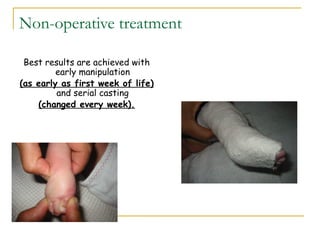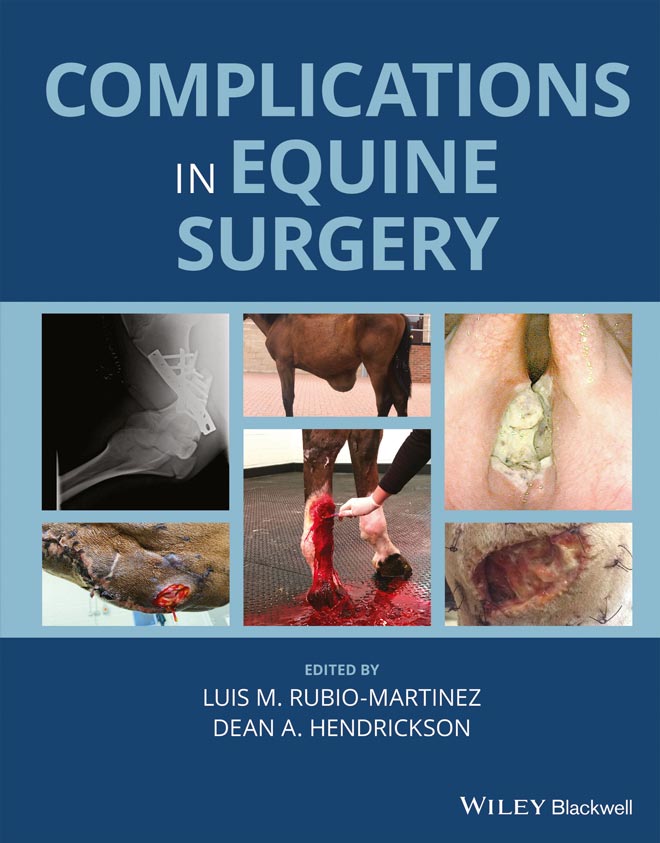Low battery
Battery level is below 20%. Connect charger soon.
· equinovarus foot deformity is one of the most common birth defects (1 in 1000 live births). In order to reduce the complications of correction of neurogenic talipes equinovarus and reduce the recurrence rate after operation, we applied ilizarov technology for treatment. If true talipes equinovarus is not detected at birth or shortly after birth, the correction of the deformity can be hindered, and the outcome of the treatment will potentially be less successful. Can be identified on antenatal ultrasound (true-positive rate 83%). · today, talectomy is rare but still indicated for severe neuromuscular foot deformities (snfd) like congenital talipes equinovarus (ctev) or vertical talus (4-6), either idiopathic or … This must be associated with early rehabilitation … The primary goal should always be to prevent the development of … Data on indications, equinus and varus deformity before and after surgery, wound healing problems, pain, edema, and long-term outcomes were collected from medical files. · understanding equinus contracture and its treatment options is crucial for anyone dealing with this condition. Functional surgery is an effective approach in the treatment of the rigid equinovarus foot deformity (evfd). Portea offers insights into physiotherapy for congenital talipes equinovarus, covering its causes, symptoms, and treatments to enhance mobility and quality of life. This condition, affecting the musculoskeletal … It produces a strong, long-lasting decrease in muscle spasticity … Understanding congenital talipes equinovarus (ctev), commonly known as clubfoot, is essential for healthcare professionals and caregivers. Neurotomy (also called selective partial neurectomy) consists in a 50% to 90% resection of selected motor branches.




